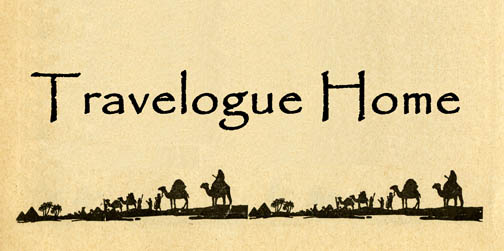
Click to Expand/Shrink


Click to Expand/Shrink

Lowell Thomas reading under tree on Mount of Olives,
panorama of Jerusalem in background.
Details
1 / 28

The following reproduction of Lowell Thomas's 1919 travelogue shows how the performance presented Palestine as the landscape of the audiences' cultural past. This land was full of familiar narratives that helped audiences defined their sense of self and self-purpose. Thomas spoke of the Old Testament, of Jesus and his apostles, and of the medieval crusades, reinforcing these existentially-comforting narratives. Thomas often asked audiences to “recall” these people and events from their ontological memories as they toured their corresponding locations. The beaches of Gaza were home to Samson and Delilah, and overlooking mountain was where Moses viewed the promised land and the Jaffa-Jerusalem road was where “the Apostles walked many times,” and where “the crusaders marched.” The city of Jerusalem was a central concept in this cultural self-identification — helping audience members to understand their present self, and their idealized future. The landscape itself was portrayed as a central part of American cultural genealogy and—absurdly—Thomas was describing the lands of their ancestral past. The desolate conditions of Jerusalem reaffirmed the legitimacy of the West's just mission in both the First World War and the Middle East.
Marist Archives & Special Collections | James A. Cannavino Library, 3399 North Road, Poughkeepsie, NY 12601 | Contact Us | Acknowledgements